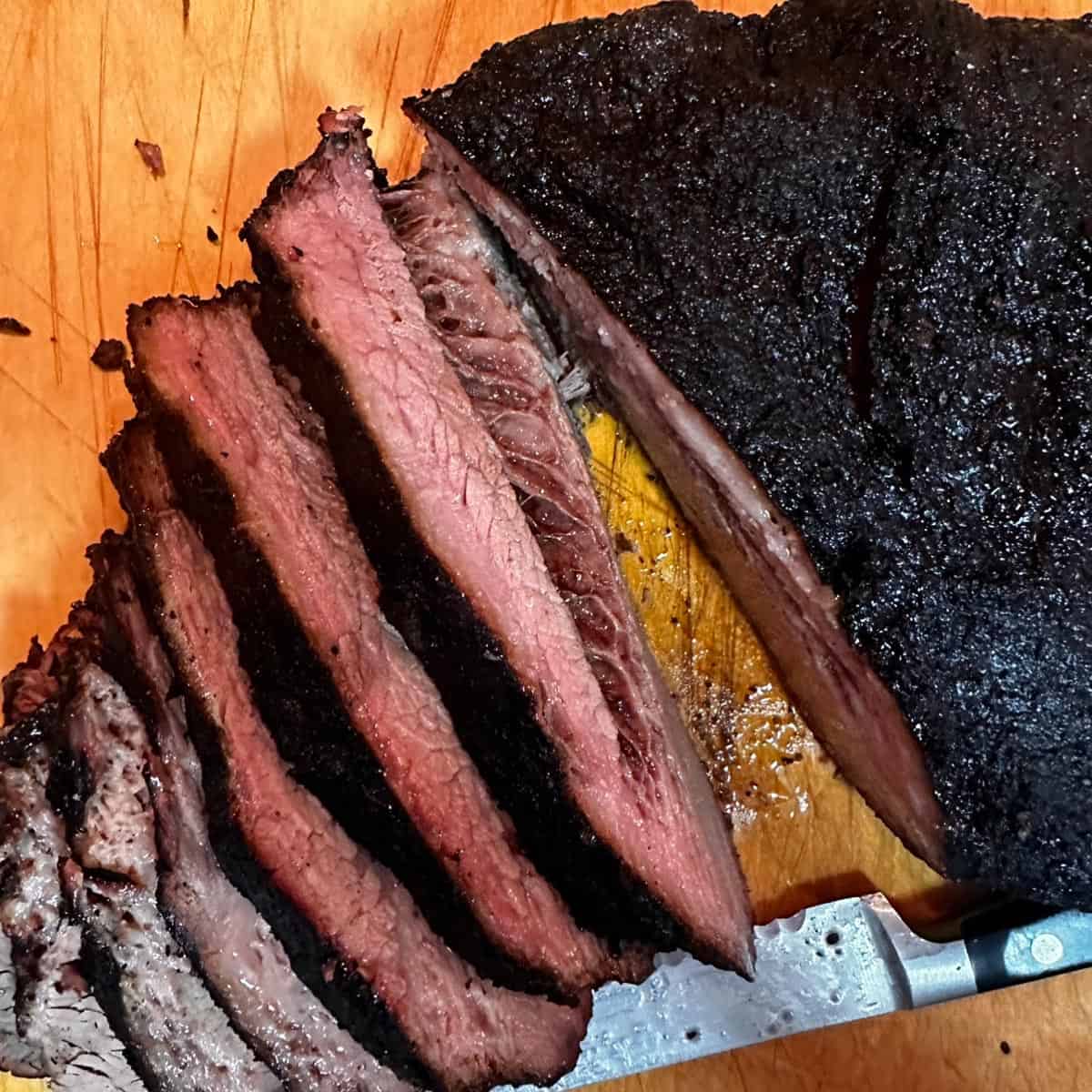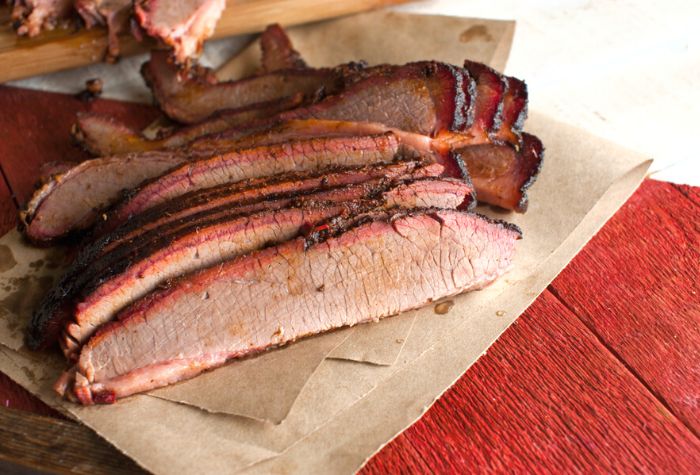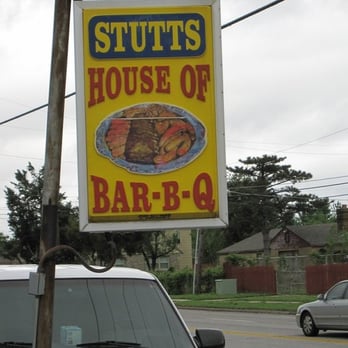Introduction

The thought of enjoying a perfectly cooked brisket is enough to make anyone’s mouth water. But can you overcook brisket? In this discussion on brisket cooking times, we will explore the different methods of cooking brisket and the factors that can affect the cooking time. Whether you prefer the low and slow method or the high heat method, it is essential to know the recommended cooking times to achieve the desired tenderness and flavor. We will also provide tips to prevent overcooking and signs to look out for to ensure that your brisket turns out perfectly every time.
What Is Brisket And Brisket Cooking Basics
Brisket is a cut of beef that comes from the chest area of the cow. It is known for its rich, beefy flavor and tender, melt-in-your-mouth texture when cooked correctly. Brisket is a popular choice for slow cooking methods as it has a lot of connective tissue that needs time to break down and tenderize. Most commonly, it is cooked low and slow, either in the oven or on a barbecue smoker, to achieve the desired tenderness. The key to cooking brisket is patience and allowing enough time for the collagen in the meat to break down and transform into gelatin, resulting in a moist and flavorful finished product.
Factors Affecting Brisket Cooking Times
Several factors can affect the cooking time of brisket. The size and thickness of the cut will determine how long it takes to cook. A thicker brisket will require more time than a thinner one. The cooking temperature also plays a role, with lower temperatures taking longer to cook the meat. Additionally, the type of cooking method used, such as low and slow or high heat, will impact the cooking time. It’s important to consider these factors when planning your brisket cook to achieve the desired tenderness and flavor.
Low And Slow Method

The low and slow method is a popular technique for cooking brisket that involves cooking the meat at a low temperature for an extended period of time. This method allows the collagen in the brisket to slowly break down, resulting in a tender and juicy final product. To cook brisket using the low and slow method, it is recommended to set the temperature of the smoker or oven to around 225-250°F (107-121°C) and cook the brisket for approximately 1 hour per pound of meat. This slow cooking process ensures that the brisket is cooked evenly and becomes melt-in-your-mouth tender.
Explanation Of Low And Slow Cooking
Low and slow cooking refers to the method of cooking meat at a low temperature over an extended period of time. This technique allows the tough connective tissues in the meat, such as collagen, to gradually break down and become tender. By cooking the meat slowly, the flavors have more time to develop and infuse into the meat, resulting in a rich and flavorful dish. The low temperature ensures even cooking and prevents the meat from drying out. It’s a popular technique for preparing brisket, as it results in a melt-in-your-mouth texture and delicious flavor.
Recommended Brisket Cooking Times For Low And Slow Method
When using the low and slow method to cook brisket, it is important to be patient and allow enough time for the meat to become tender and flavorful. Generally, a brisket cooked at a temperature of around 225°F (107°C) will take approximately 1 to 1.5 hours per pound to reach the desired doneness. So for a 10-pound brisket, it would take approximately 10 to 15 hours. However, it is always recommended to use a meat thermometer to ensure that the internal temperature of the brisket reaches around 203°F (95°C) for optimal tenderness. Remember, slow and steady wins the race when it comes to cooking brisket!
High Heat Method

The high heat method is an alternative way to cook brisket, where a higher temperature is used to achieve quicker cooking times. This method involves cooking the brisket at a temperature of around 325°F (163°C) to 375°F (190°C) for a shorter period of time. It is important to note that using the high heat method may result in a less tender brisket compared to the low and slow method. Therefore, it is recommended to monitor the internal temperature of the brisket and remove it from the heat when it reaches around 190°F (88°C) for optimal tenderness.
Explanation Of High Heat Cooking
High heat cooking is a method that involves cooking brisket at a higher temperature, typically around 325°F (163°C) to 375°F (190°C). This method aims to achieve faster cooking times compared to the traditional low and slow method. By cooking at higher temperatures, the brisket can develop a desirable crispy exterior while still maintaining a tender interior. However, it is important to note that cooking brisket at high heat may result in a slightly less tender texture compared to the low and slow method. It is recommended to monitor the internal temperature and remove the brisket from the heat once it reaches around 190°F (88°C) for optimal tenderness.
Recommended Brisket Cooking Times For High Heat Method
The recommended cooking time for brisket using the high heat method is approximately 3 to 4 hours. This method involves cooking the brisket at a higher temperature, ranging from 325°F (163°C) to 375°F (190°C). It is important to monitor the internal temperature of the brisket using a meat thermometer and remove it from the heat once it reaches around 190°F (88°C) for optimal tenderness. Cooking times may vary depending on the size and thickness of the brisket, so it is essential to check for doneness using the internal temperature as a guide.
Using A Smoker

Using a smoker is a popular method for cooking brisket that adds a delicious smoky flavor to the meat. To smoke brisket, start by preheating the smoker to a temperature of 225°F to 250°F. Place the brisket on the smoker grates, fat side up. You can use wood chips or chunks to create smoke, such as hickory or oak, to enhance the flavor. Maintain a consistent temperature throughout the cooking process and allow the brisket to smoke for several hours until it reaches an internal temperature of 195°F to 205°F for optimal tenderness. Enjoy the mouthwatering results of your smoked brisket.
How To Smoke Brisket
To smoke brisket, start by preparing your smoker. Preheat it to a temperature of 225°F to 250°F. While the smoker is heating up, prepare the brisket by trimming any excess fat and applying a rub of your choice. Once the smoker is at the desired temperature, place the brisket on the grates, fat side up. Maintain a consistent temperature throughout the cooking process and add wood chips or chunks, such as hickory or oak, to create smoke. Smoke the brisket for several hours, until it reaches an internal temperature of 195°F to 205°F for optimal tenderness. Rest the brisket for at least 30 minutes before slicing and serving. Enjoy the delicious smoky flavor of your smoked brisket!
Recommended Brisket Cooking Times For Smoking
When smoking a brisket, it’s important to cook it low and slow to ensure tender and flavorful results. The recommended cooking times for smoking brisket can vary depending on the size and thickness of the meat. As a general guideline, plan for approximately 1.5 to 2 hours of cooking time per pound of brisket at a smoker temperature of 225°F to 250°F. This means that a 10-pound brisket would need to smoke for approximately 15 to 20 hours. However, it’s crucial to monitor the internal temperature of the brisket using a meat thermometer to ensure it reaches the desired doneness of 195°F to 205°F. Resting the brisket for at least 30 minutes before slicing and serving will allow the juices to redistribute, resulting in a moist and tender brisket.
Avoiding Overcooking

To avoid overcooking brisket, there are a few key tips to keep in mind. First, it’s essential to monitor the internal temperature of the meat using a meat thermometer. This will help you ensure that the brisket reaches the desired doneness without becoming overcooked. Secondly, giving the brisket enough time to rest after cooking is crucial. This allows the juices to redistribute throughout the meat, resulting in a more tender and flavorful brisket. Lastly, practicing patience and sticking to the recommended cooking times will help prevent overcooking and produce a perfectly cooked brisket every time.
Signs Of Overcooked Brisket
Signs of overcooked brisket include dryness, toughness, and a crumbly texture. When a brisket is overcooked, it can lose its moisture, resulting in a dry and chewy consistency. The meat may also become tough and difficult to chew. Overcooked brisket can also break apart easily and fall apart into crumbles instead of retaining its structure. These signs indicate that the meat has been cooked for too long and has surpassed the desired doneness. It’s important to monitor the cooking time and internal temperature to prevent overcooking and ensure a tender and juicy brisket.
Tips To Prevent Overcooking Brisket
To prevent overcooking brisket, it is important to follow a few tips. First, use a meat thermometer to accurately monitor the internal temperature of the brisket. This will help you cook it to the desired level of doneness. Second, consider using the “low and slow” cooking method, which involves cooking the brisket at a low temperature for a longer period of time. This helps to ensure that the meat cooks evenly and stays moist. Finally, allow the brisket to rest for a few minutes before slicing it. This allows the juices to redistribute, resulting in a more tender and flavorful brisket.
Conclusion

In conclusion, understanding the cooking times for brisket is essential for achieving the perfect texture and flavor. Whether using the low and slow method, high heat cooking, or smoking the brisket, it is important to follow the recommended cooking times to avoid overcooking. By monitoring the internal temperature with a meat thermometer and allowing the brisket to rest before slicing, you can ensure a tender and flavorful end result. Remember, brisket is a delicate balance, and with the right techniques, you can achieve a delicious and moist brisket every time.
Summary Of Brisket Cooking Times Discussion
In summary, understanding the cooking times for brisket is crucial to achieve the desired texture and flavor. Whether using the low and slow method, high heat cooking, or smoking, it’s important to follow the recommended cooking times to avoid overcooking. By monitoring the internal temperature and allowing the brisket to rest before slicing, a tender and flavorful result can be achieved. Remember, brisket requires a delicate balance, and with the right techniques, you can enjoy a moist and delicious brisket every time.
Frequently Asked Questions About Cooking Brisket
Can You Overcook Brisket: Discussing Brisket Cooking Times covers the most common questions asked about cooking brisket. These questions include whether it is possible to overcook brisket in the oven, and the answer is yes, as it may become dry and chewy if cooked at higher temperatures or for too long. The key to success is monitoring the internal temperature. The blog encourages readers to share their experiences and suggestions in the comments section.
FAQ About: Can You Overcook Brisket: Discussing Brisket Cooking Times
Q: Why is it important to be mindful of cooking times when preparing brisket?
A: Cooking times are crucial in preventing brisket from being overcooked, as this can lead to a tough and dry texture, impacting the overall taste and eating experience.
Q: How can one determine the ideal cooking time for brisket?
A: The ideal cooking time for brisket can vary based on factors like the weight of the meat, cooking method, and desired level of doneness. It is recommended to use a meat thermometer to monitor internal temperature for precise doneness.
Q: What are the common cooking methods for preparing brisket?
A: Common cooking methods for brisket include smoking, braising, roasting, and slow cooking. Each method can require different cooking times, so it’s essential to follow specific guidelines for best results.
Q: What happens if brisket is overcooked?
A: Overcooked brisket can become tough, dry, and lose its natural flavors and juices, resulting in a less enjoyable eating experience. It is best to avoid overcooking to preserve the tenderness and juiciness of the meat.
Q: How can one prevent brisket from being overcooked?
A: To prevent overcooking brisket, it is essential to follow recommended cooking times, monitor internal temperature with a meat thermometer, consider resting the meat after cooking, and practice proper slicing techniques to retain moisture.

Stutts House of Barbecue is a haven for BBQ enthusiasts, offering a delectable array of smoked delicacies, including ribs, beef, bologna, and chicken, accompanied by all the trimmings you could ever dream of. Our passion for perfecting the art of smoking meats shines through in every savoury bite. At Stutts House of Barbecue, we take pride in our custom smoking techniques, ensuring that each piece of meat is infused with the perfect blend of smoky flavours. But it doesn’t stop there – our homemade desserts are the cherry on top of a delicious meal, adding a sweet finish to your BBQ experience.